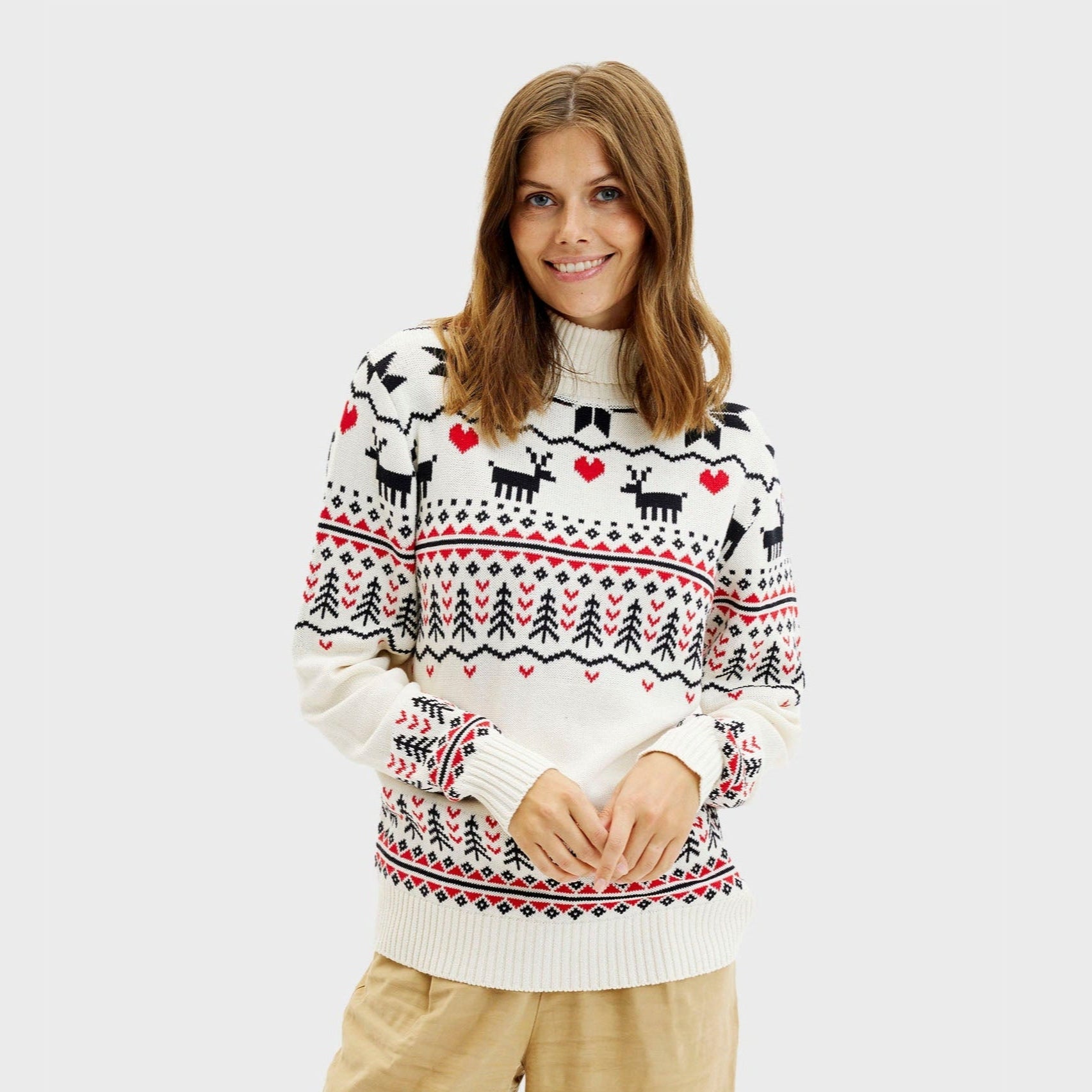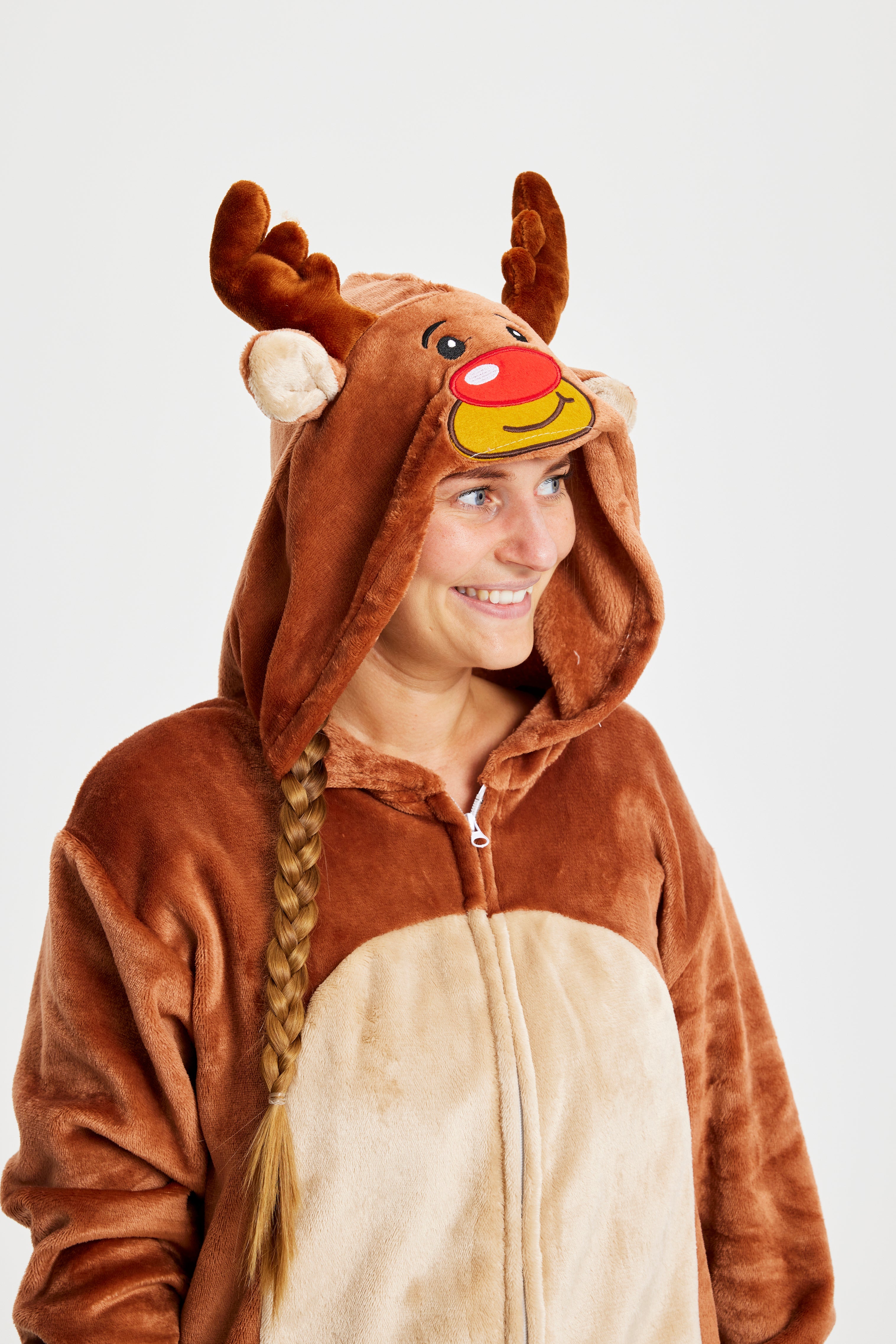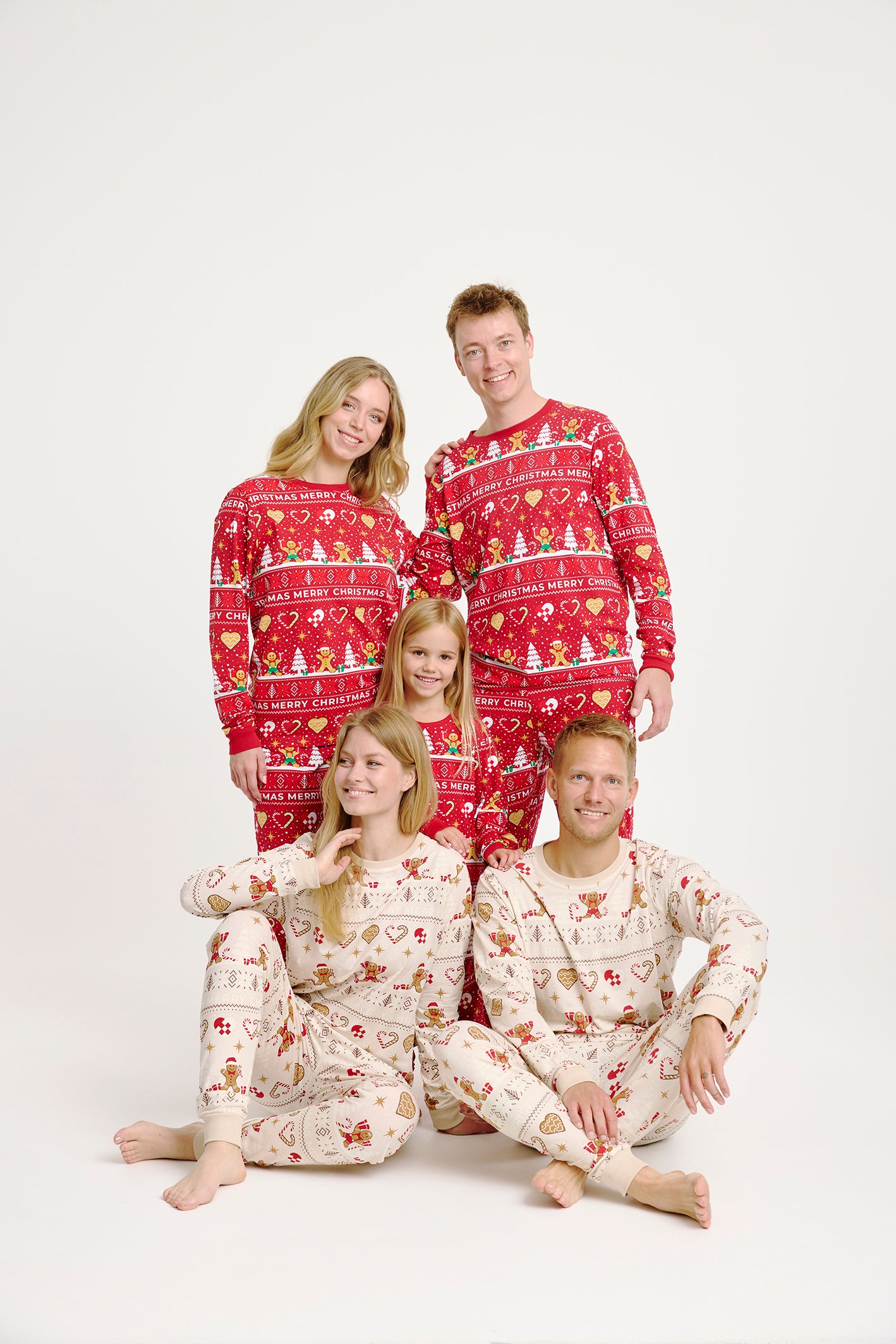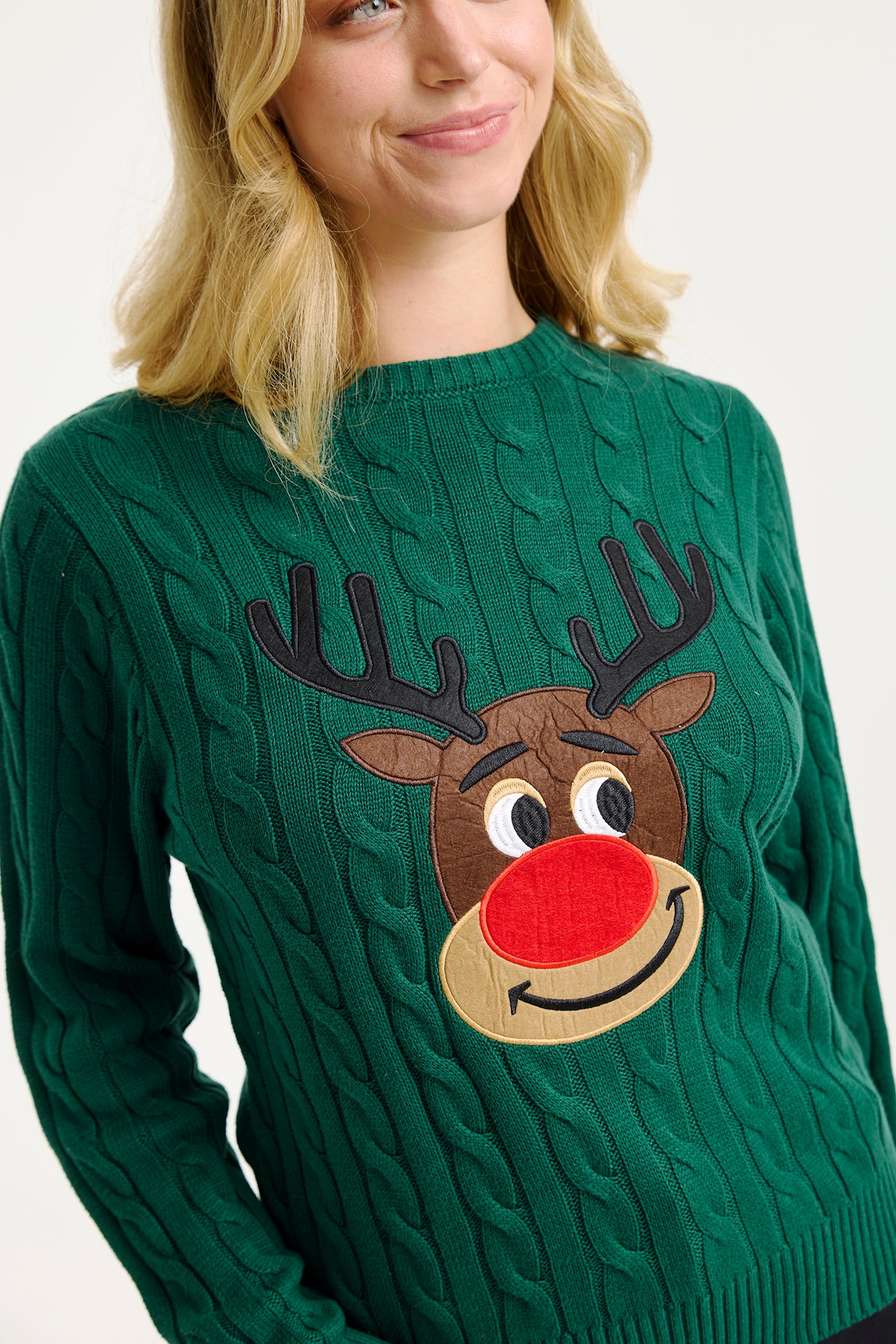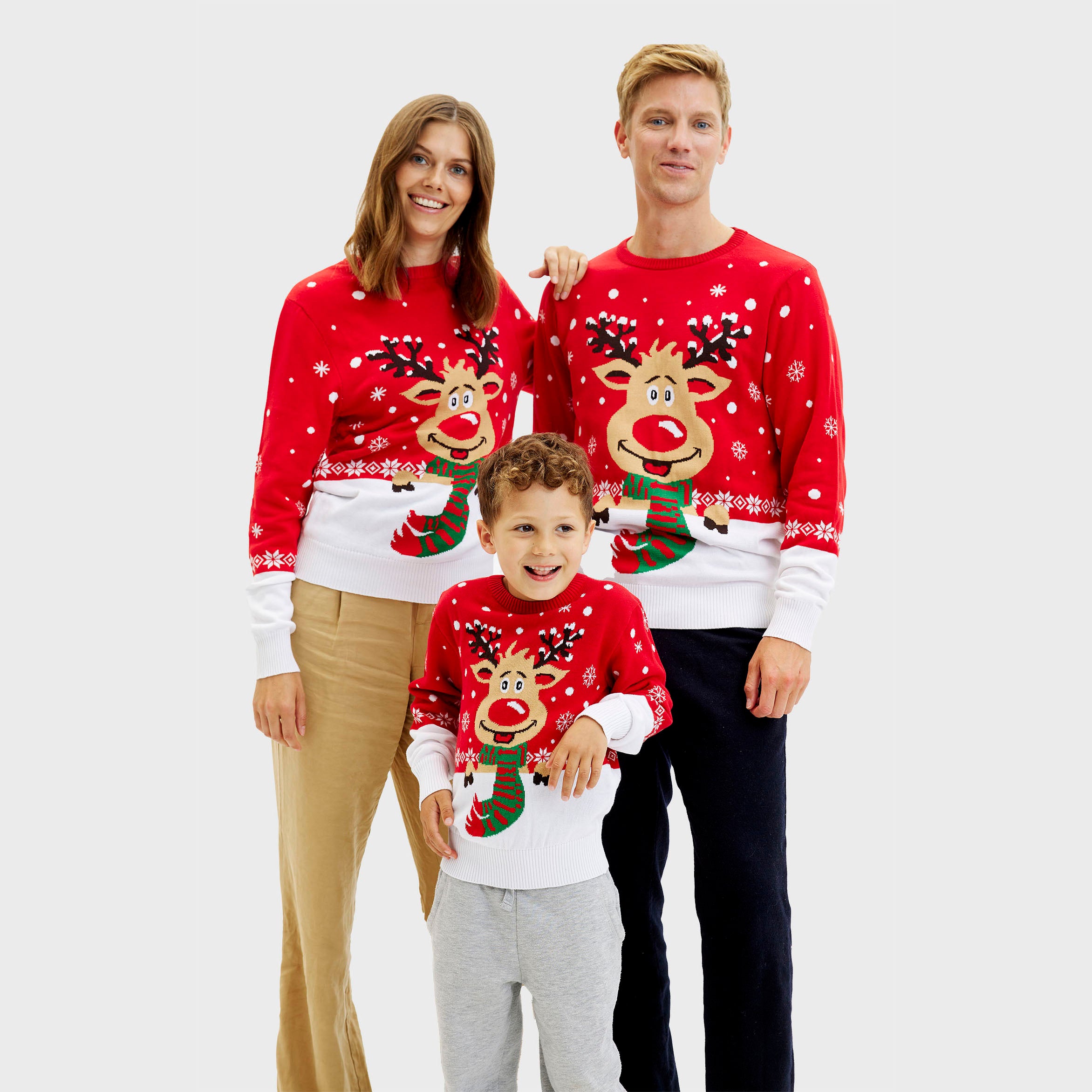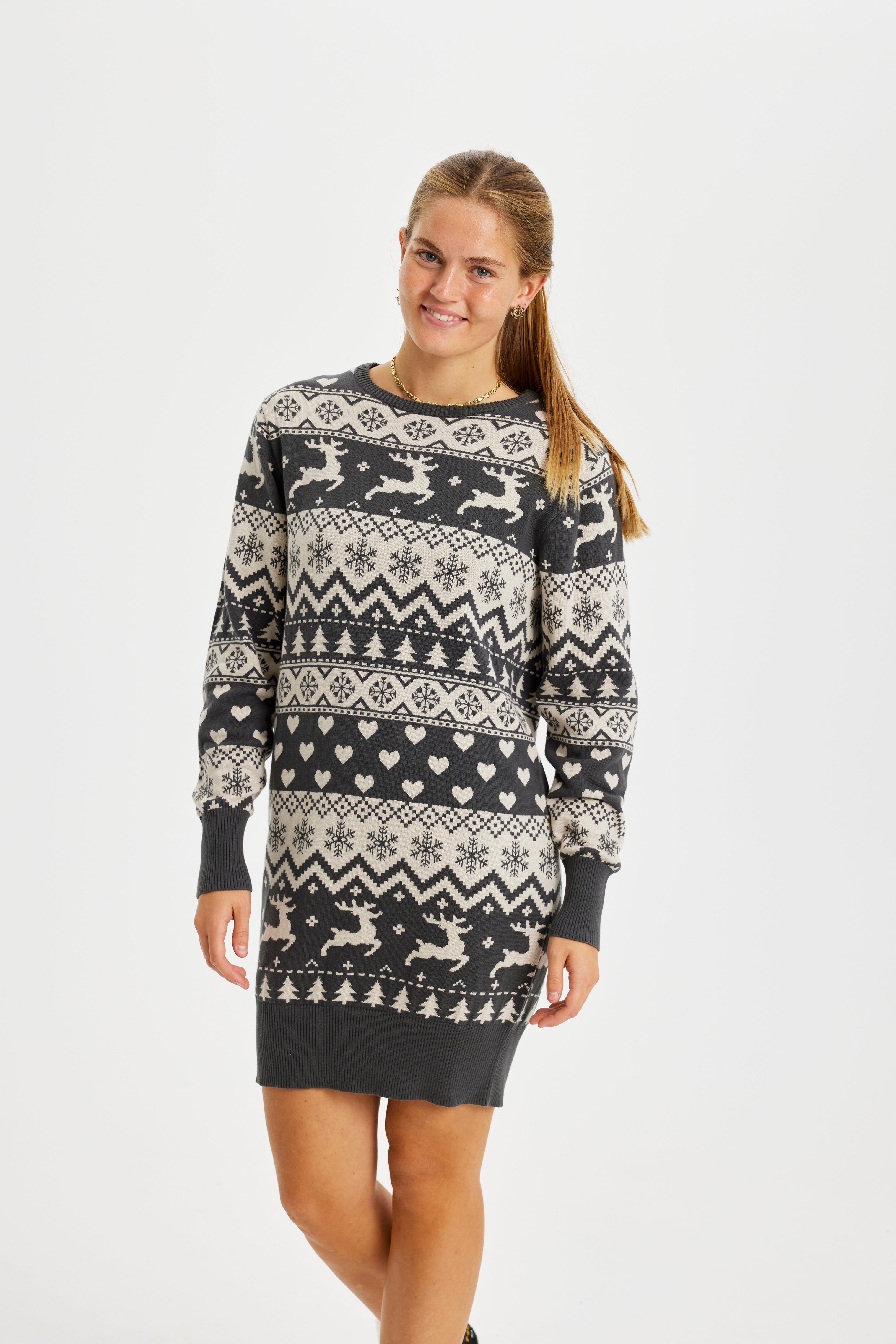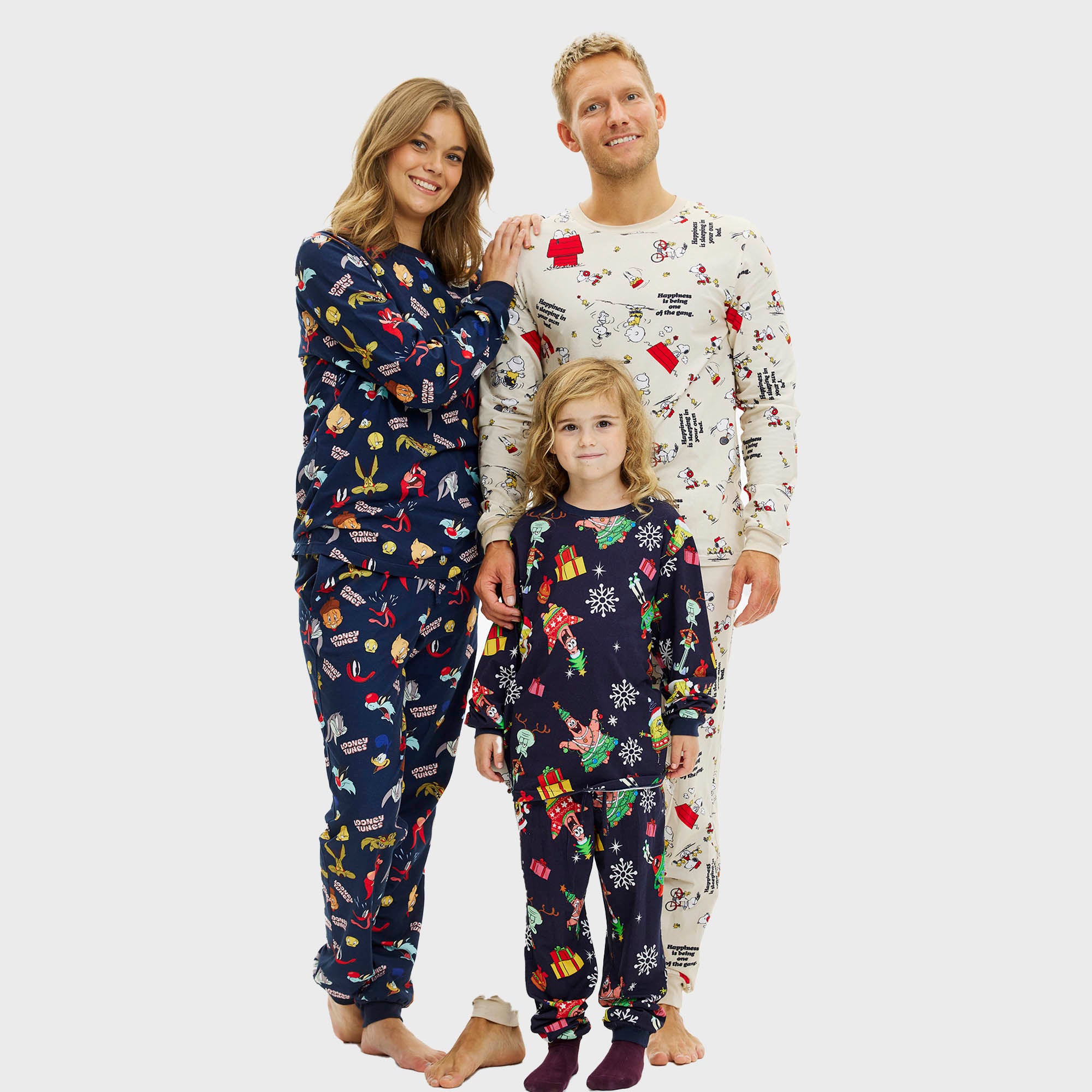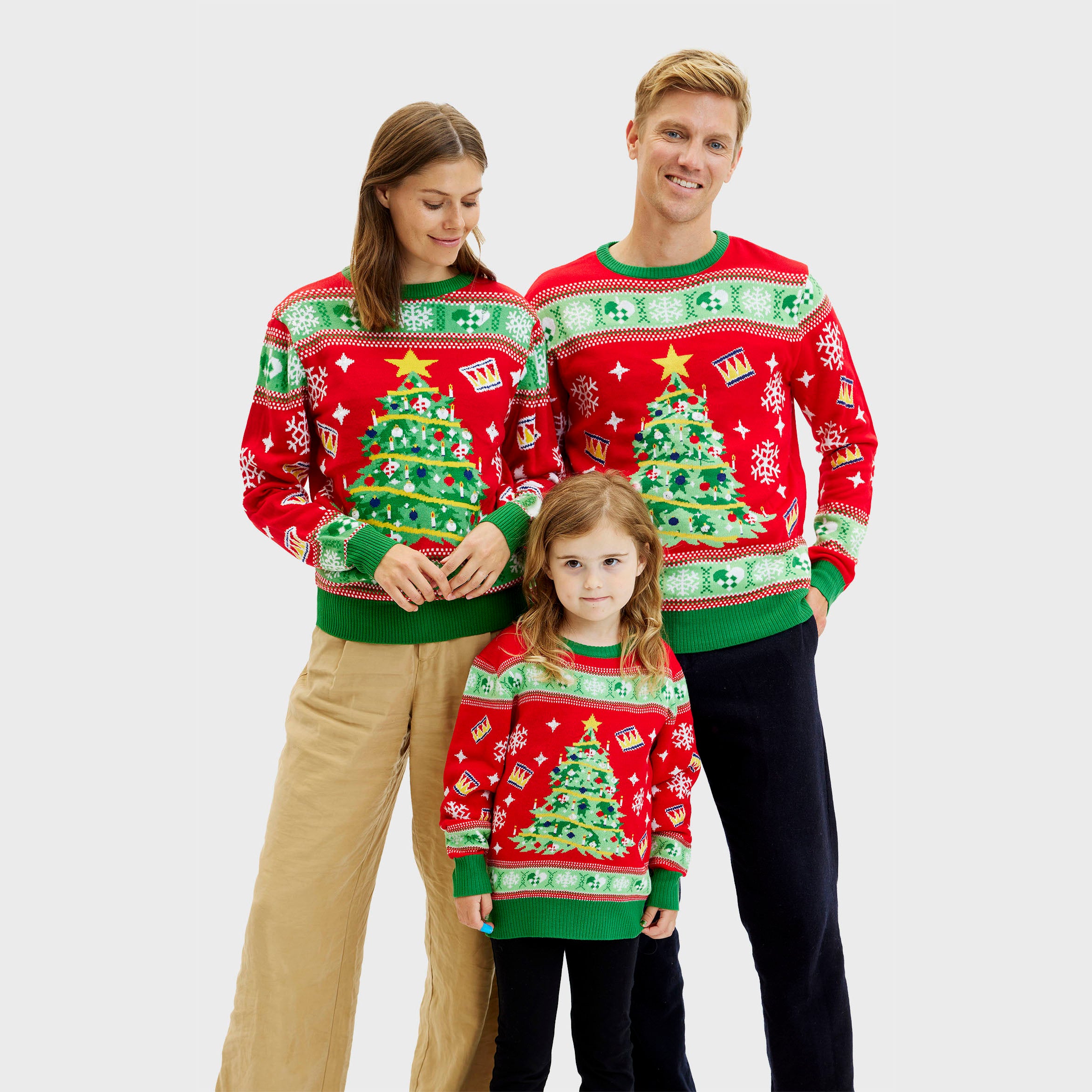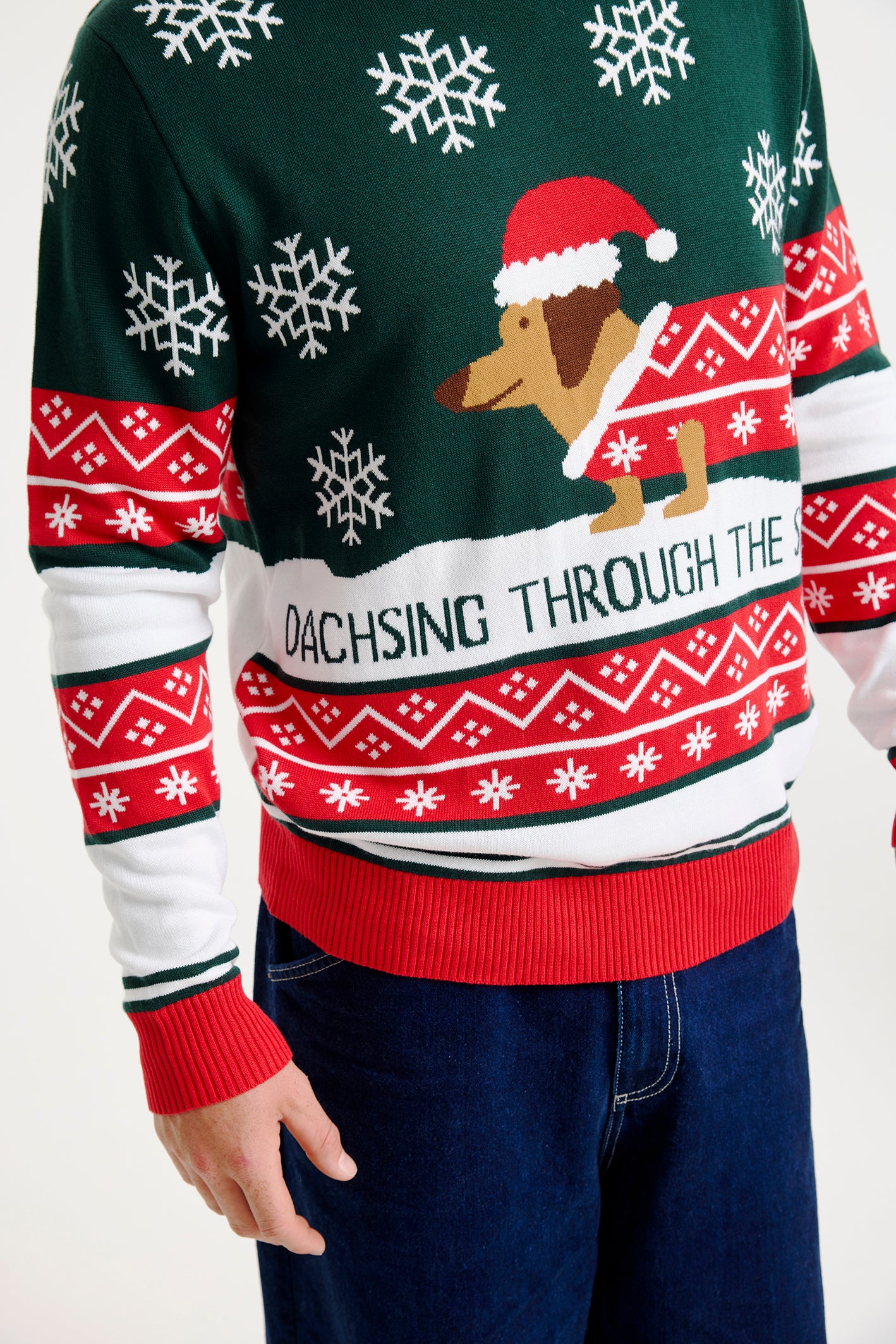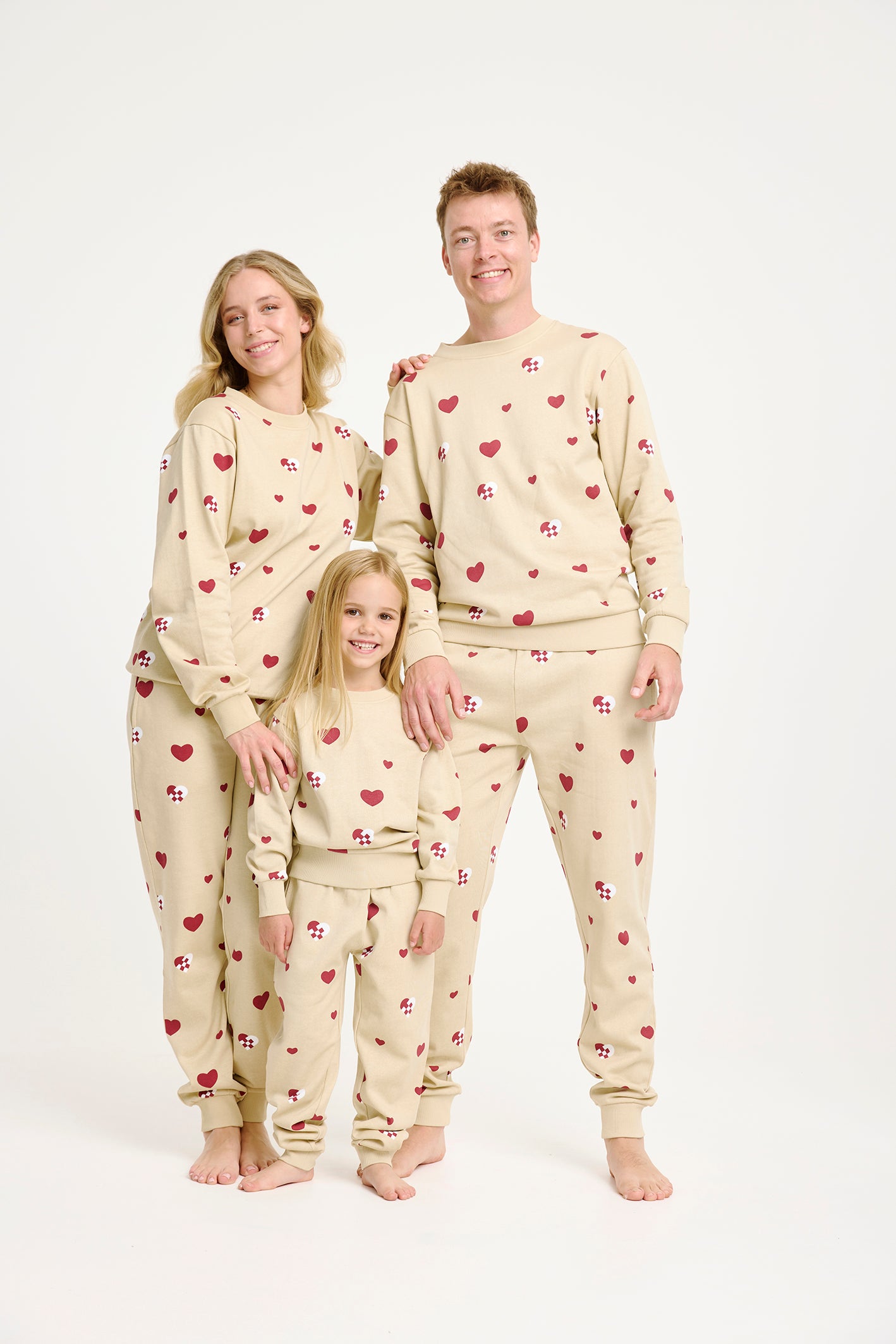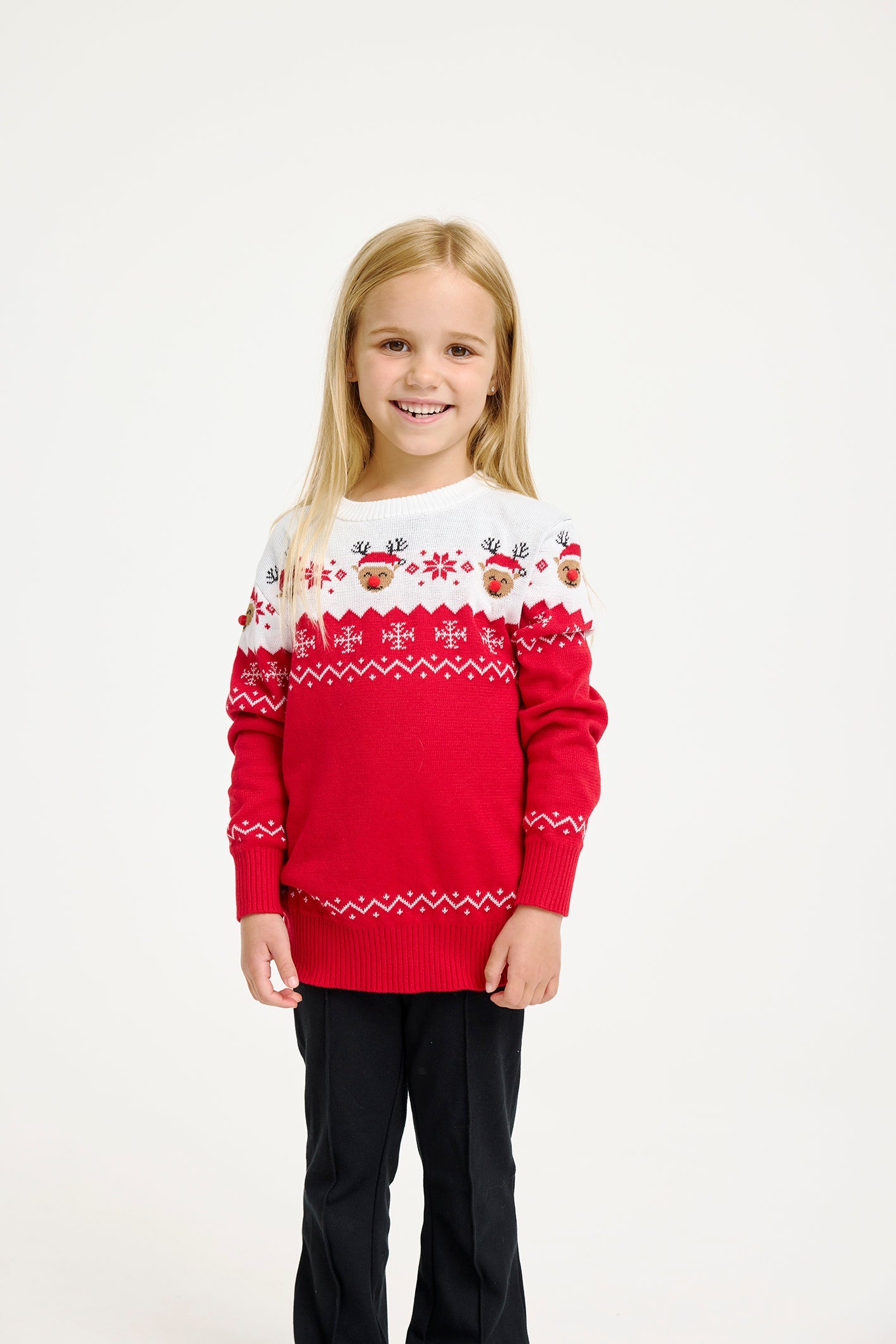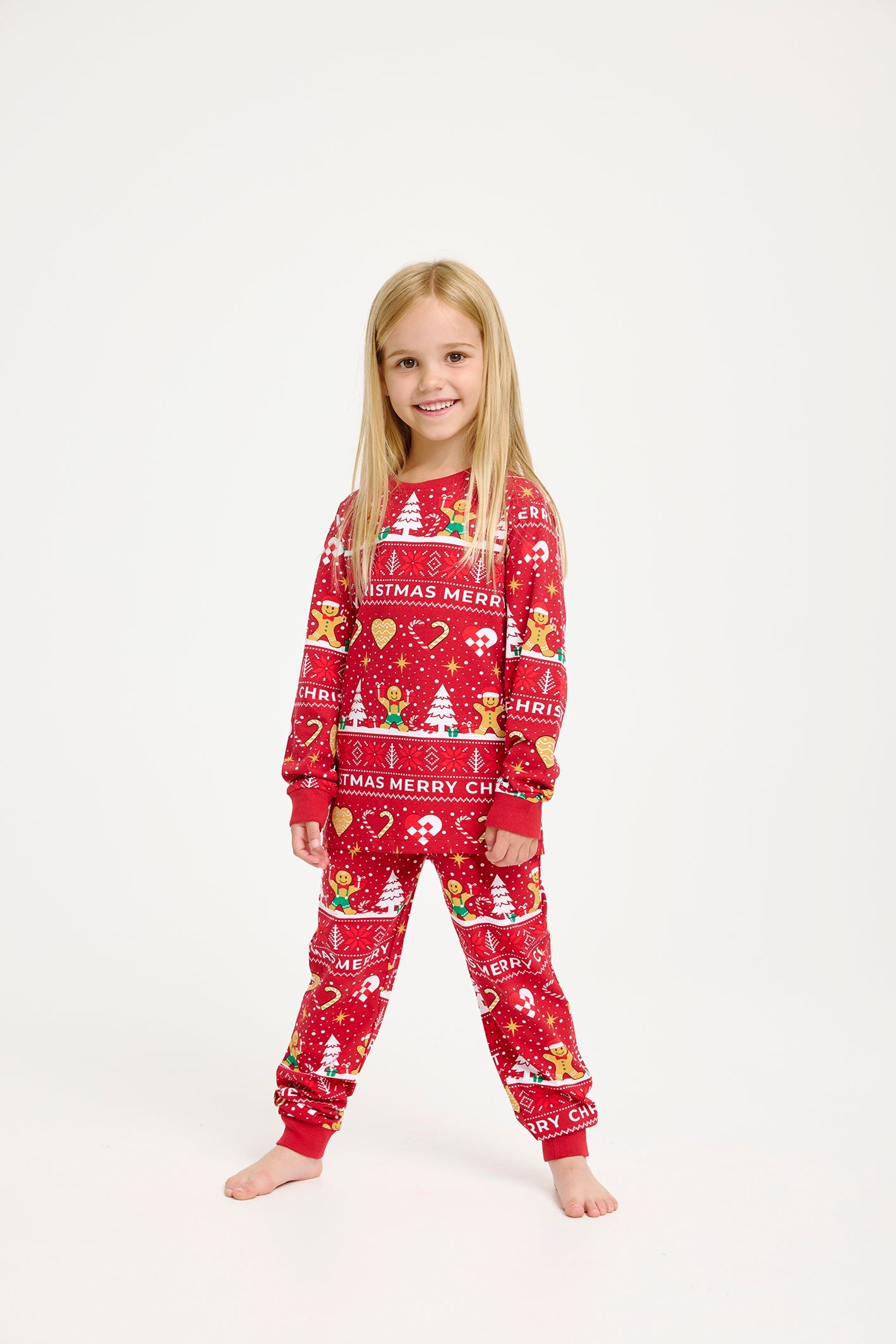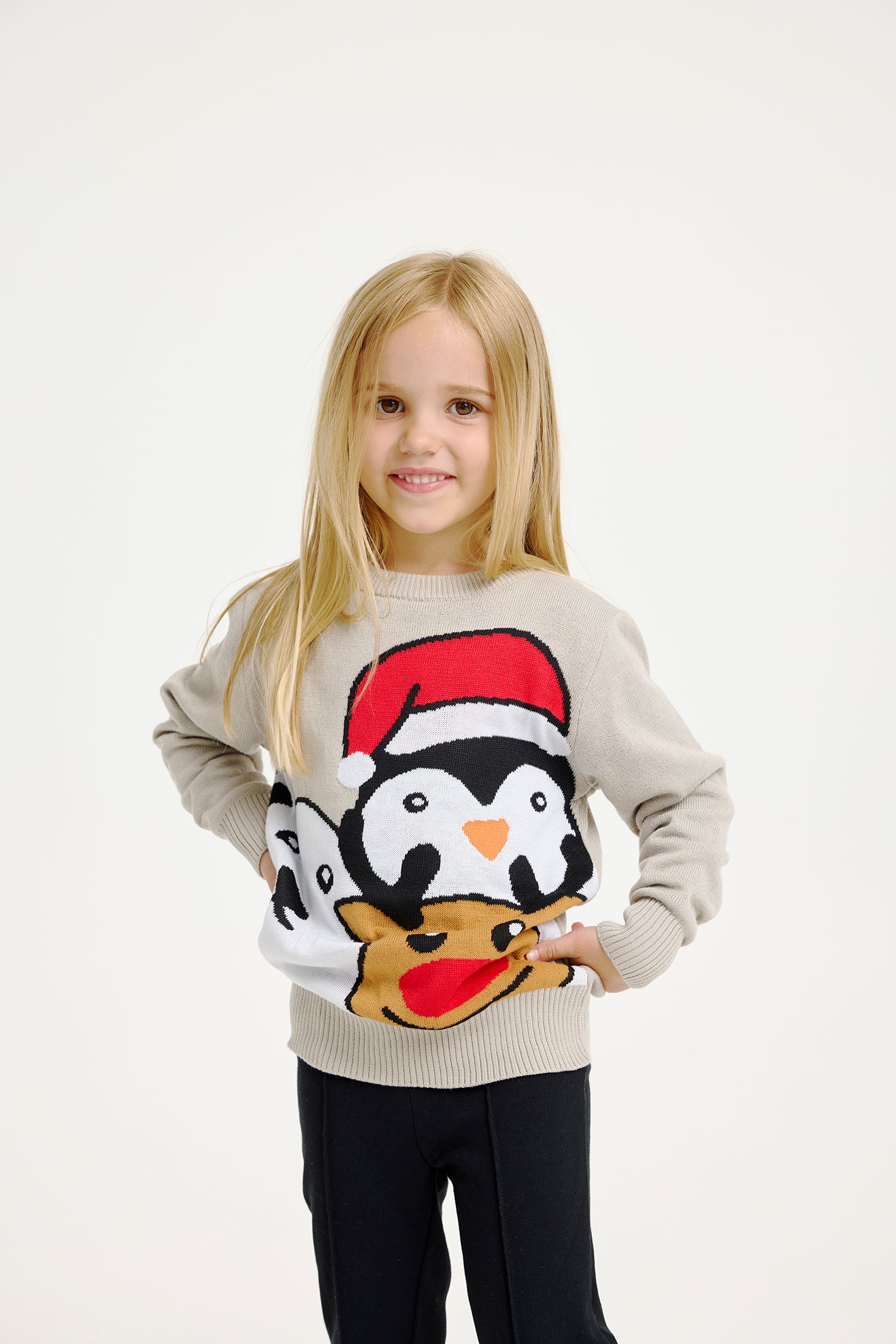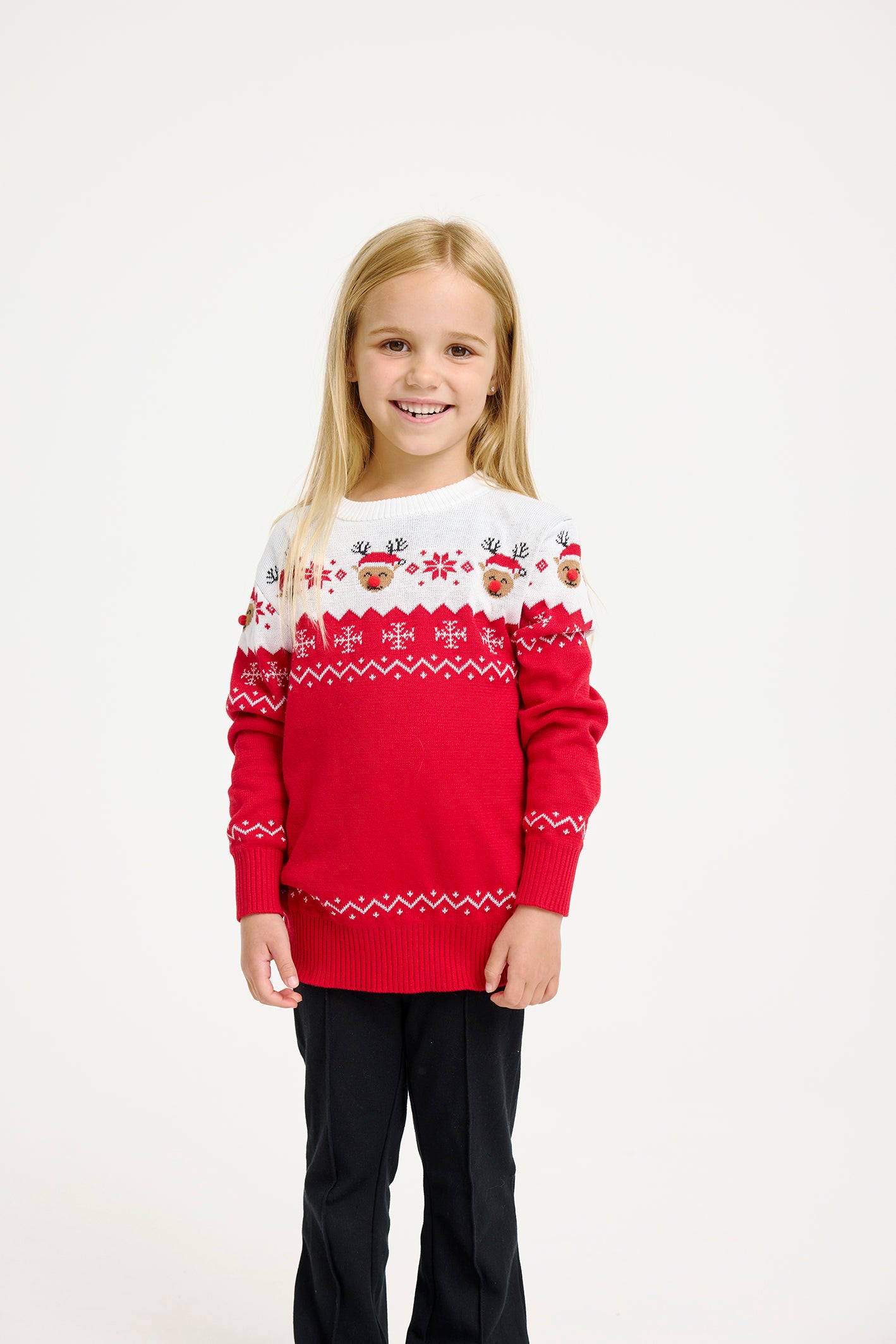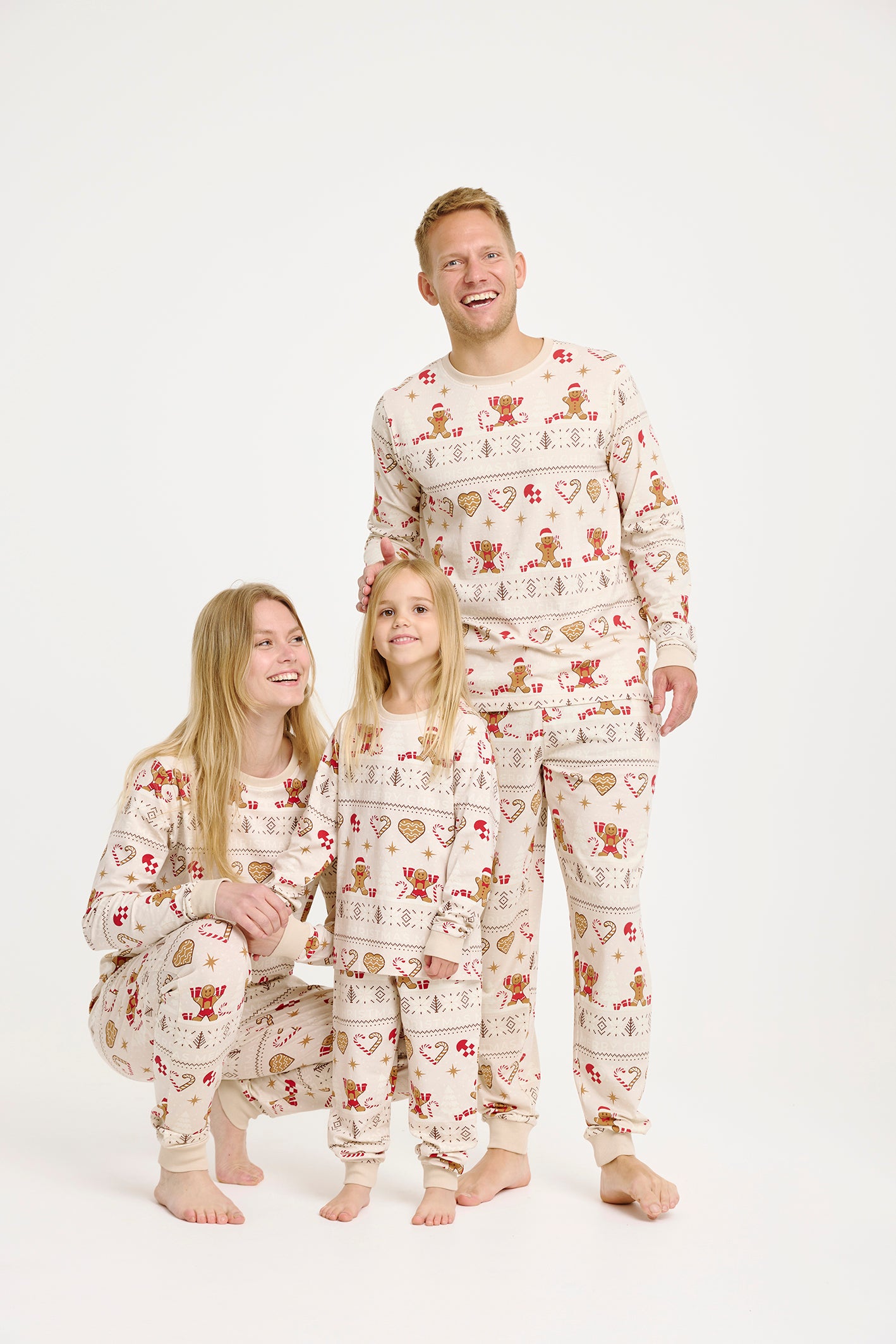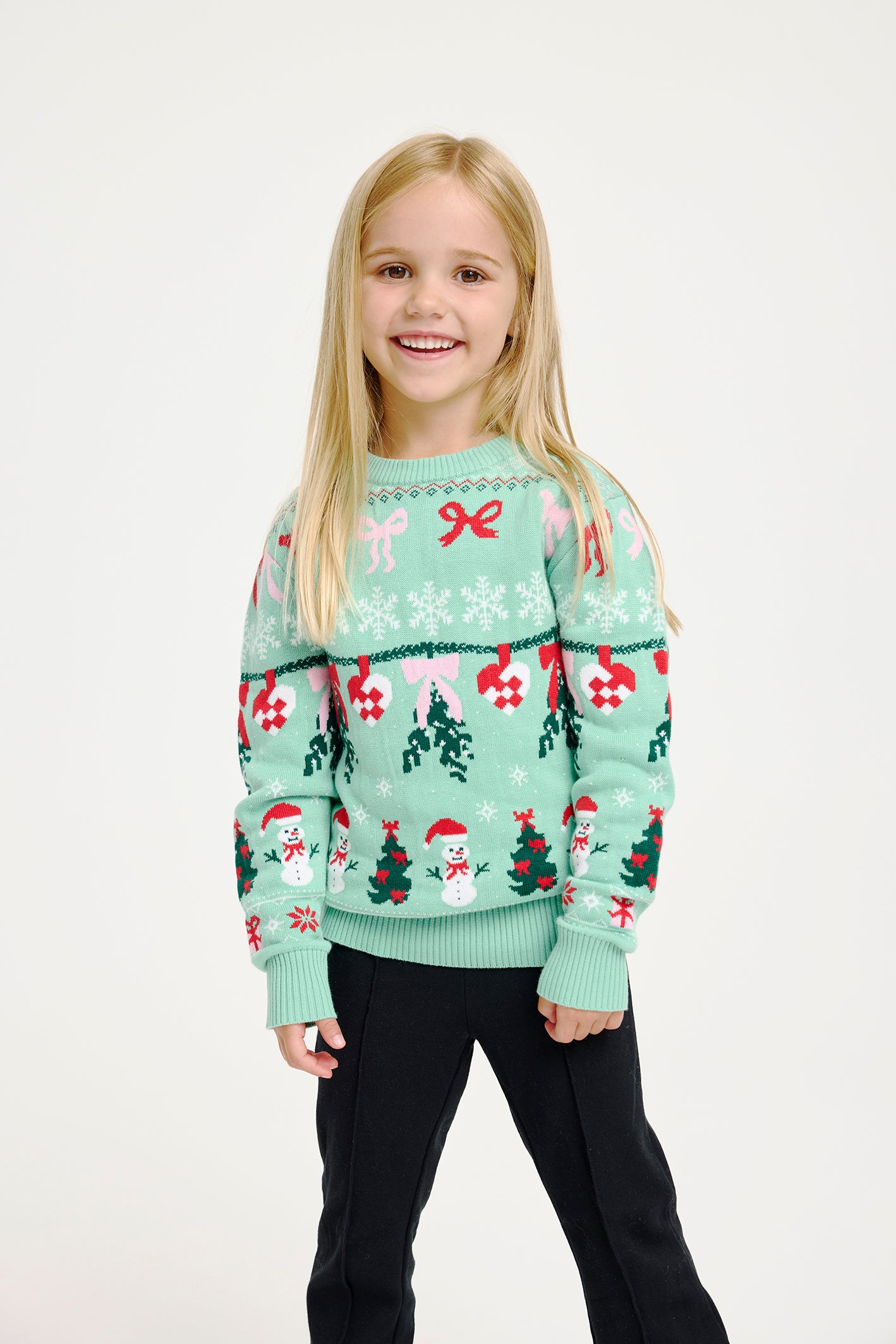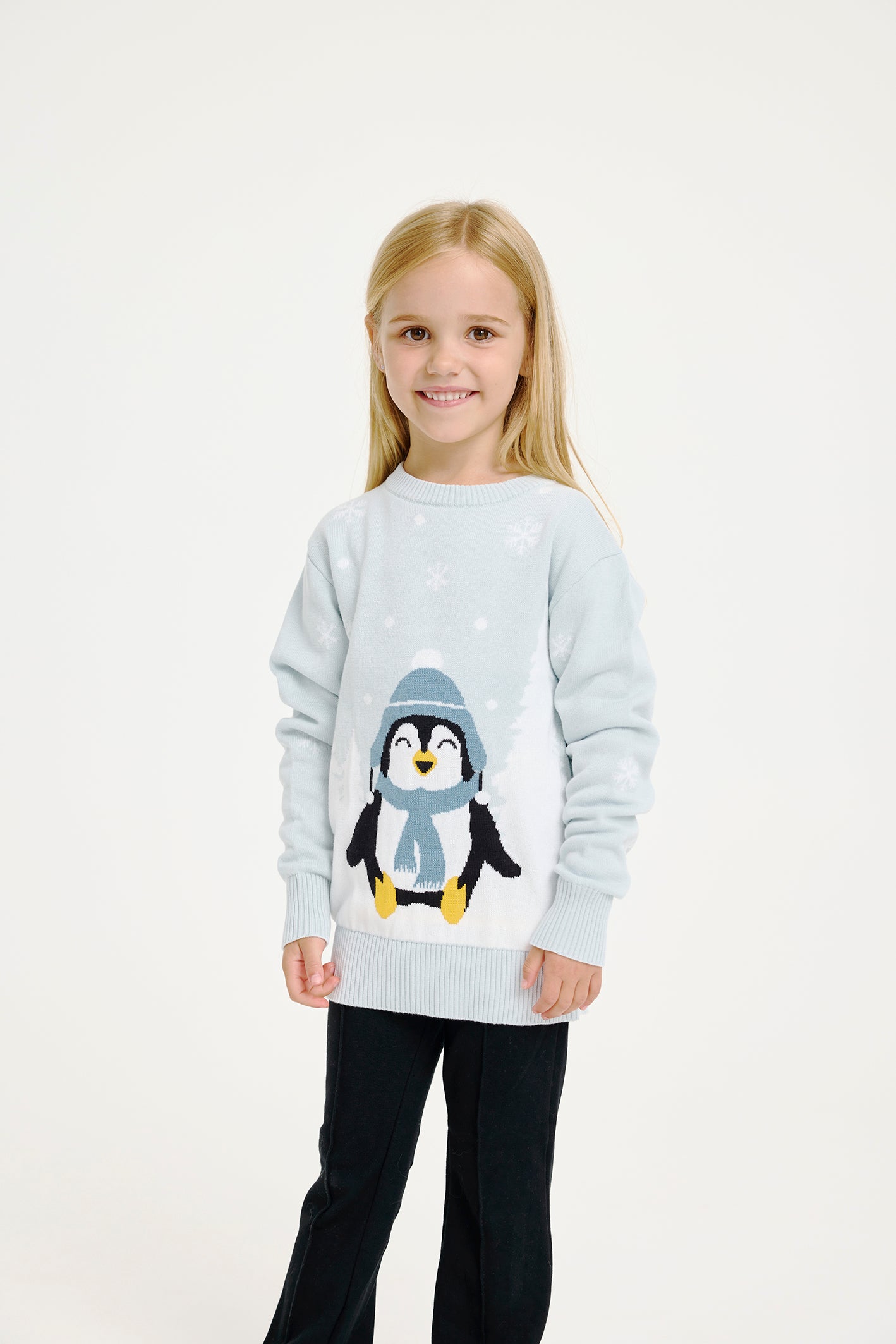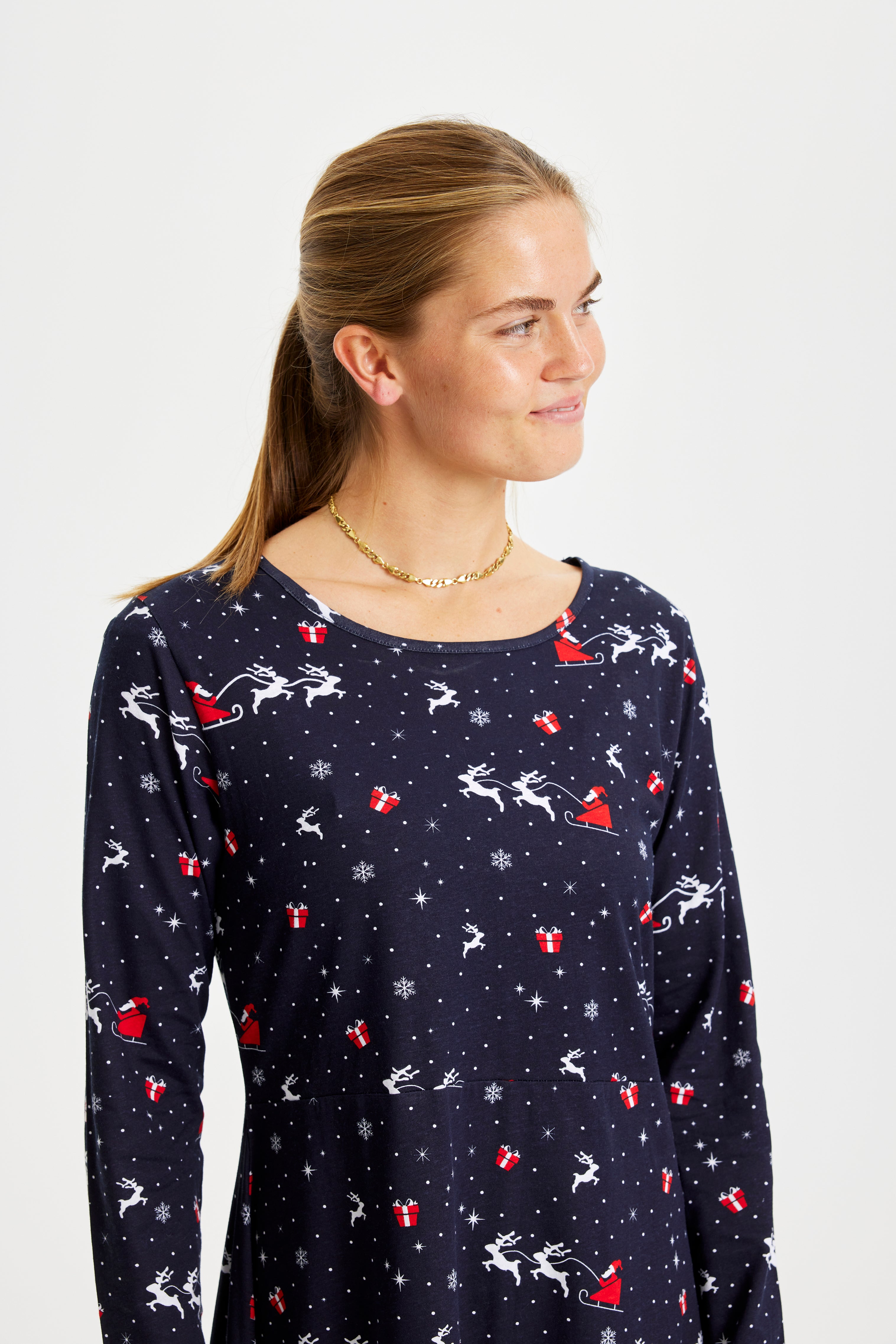29 October 2025
What does Christmas mean for families today?

Christmas is a season where history, belief and everyday family life overlap. It brings together ritual, memory and small practical choices that shape how a household spends its most marked days.
At its core Christmas combines ancient midwinter traditions, Christian commemoration of Jesus’ birth and contemporary cultural rituals that families practise in varied ways. That mixture explains why conversations around the table can move quickly from old language and seasonal rites to which tree to choose and which songs to sing.
Christmas and family rhythms
Families mark the season through repeated moments: decorating, shared meals, storytelling and present exchanges. Clothing often joins those moments. Some households make cosy mornings into an event with matching christmas pajamas, while others embrace a festive look for parties with an ugly christmas sweater. Still others prioritise lower impact choices and opt for a sustainable christmas sweater or secondhand finds to align celebration with everyday values.
What this introduction frames for you
You will encounter three complementary angles in the following parts. The first explores origins in language and ritual to show where some customs come from. The second lays out core factual developments in religious and cultural practice so that you can place familiar elements in historical context. The third examines how families today give Christmas meaning through habits, negotiations and creative adjustments.
Approaching the season from those three perspectives helps when you explain Christmas to children, when you decide which traditions to keep and when you want to understand why a particular decoration or garment matters. Practical choices, from a special family song to a favourite type of seasonal apparel, become meaningful because they fit into a larger web of stories and shared time.
Read on to follow the thread from old midwinter celebrations and church observances to the everyday ways families translate history into rituals and clothing choices that feel right for them.
Etymology and early meaning
Many of the words and rituals we associate with Christmas trace back to older seasonal language. The Old Norse term jól appears in medieval sources as a name for a midwinter feast, long predating Christian observance. That word signalled a high festival in the seasonal cycle, a time when communities gathered for shared food and public celebration.
Viking and pre-Christian roots
Accounts from the sagas and other early records describe midwinter gatherings that combined communal meals, gift exchange and ritual acts tied to the turning of the year. These occasions emphasised social bonds and marked a pause in the agricultural calendar. For families today those older practices survive most clearly in the idea of a special meal, a marked night on the calendar and storytelling that keeps ancestral memory alive.
Christian adoption and transformation
As Christian communities spread through northern Europe, many seasonal feasts were absorbed into church life and reframed around the Nativity. The English word Christmas derives from Christ’s Mass, an etymological strand that developed within liturgical contexts. In parallel, regional names for the season, descended from words like jól, continued in local tongues and shaped how celebrations were named and experienced.
Church calendars and date variations
Different Christian traditions settled on varying observance dates and liturgical practices. In many Western churches the principal feast day is 25 December, while some churches following an older calendar mark the Nativity on other dates. Those divergences reflect calendar choices and liturgical rhythms rather than contradictions in the season’s core meanings.
Mythology and gift-giver figures
The figure that brings gifts to children is itself a layered creation. Historical bishops such as St Nicholas, folk gift-bringers and later storytellers contributed elements that merged over time. That process produced the modern Santa figure in many cultures, and the character now participates in family storytelling and seasonal role play alongside older religious narratives.
Cultural additions over time
Decorations, trees, special songs and particular foods accumulated as cultural layers across centuries. Those additions are often the most visible part of how families give the season shape: a decorated tree, a chosen carol, or a special outfit for a gathering. Clothing has become one clear channel for meaning; some households favour a classic christmas sweater for evening get-togethers, while others choose matching christmas pajamas for relaxed mornings with children. For playful gatherings an ugly christmas sweater can set a lighthearted tone without displacing other rituals.
Comparative outline of origin and family expression
- Pagan midwinter: communal feasts and seasonal rites — Families express this through shared meals and evening lights that mark the season.
- Christian Nativity: liturgy and nativity narratives — Families express this through church attendance, nativity displays and reading the Christmas story.
- Modern cultural layer: trees, songs and gift exchange — Families express this through decorations, exchanges and clothing choices that fit their household rhythm.
How language and clothing connect to meaning
Words carry memory; a single term like jól or Christmas suggests different things to different households. Clothing, meanwhile, translates those histories into everyday practice. A sweater, pajamas set or a themed accessory functions both as a practical item and as a signal of participation in a family ritual. That is why garments appear frequently in conversations about what Christmas means and why some families plan outfits as part of their annual routine.
Where to look for seasonal apparel inspiration
If you want simple ideas for how clothing can join other rituals, browse a selection of pieces that suit family moments, from classic staples to playful options. A classic christmas sweater makes an easy choice for a communal evening, while matching christmas pajamas work well for waking rituals with children. For themed parties an ugly christmas sweater invites laughter and collective participation.
Togetherness and continuity
Families today often say that the heart of Christmas is the same as it was centuries ago: a marked pause in the calendar that opens space for company, stories and food. The smell of pine and candle wax, the aroma of warm baking, and the soft sound of carols create a shared atmosphere that makes ordinary evenings feel special. Those sensory threads help memories to accumulate. When relatives gather around a table, when someone brings out a particular ornament or when a household chooses to wear a favourite christmas sweater, the moment becomes part of a continuing family story.
Practical expressions in family life
How that meaning appears in everyday life varies widely. Some households focus on a long, leisurely meal with layered flavours and familiar recipes, while others keep evenings light with small plates and seasonal drinks. Decorations are chosen with care: fresh greenery that fills the room with resinous scent, small lights that hum with quiet warmth, and textiles that invite lingering on the sofa. Clothing is one simple decision that ties these elements together. A cosy christmas sweater at an evening gathering adds tactile warmth and a gentle signal of participation. For slow mornings, matching christmas pajamas make waking up feel like part of the celebration.
Sustainable choices are becoming part of how families translate values into habits. Some households choose durable pieces, repair what they can and select items that will be worn for years. Others prioritise experiences over goods, favouring a shared outing or a concert over additional presents. If you prefer low-impact options, a sustainable christmas sweater can offer the familiar comfort of knitwear while reflecting those values.
Diversity in practice and emerging themes
Christmas functions as a flexible cultural frame that accommodates religious observance, secular celebration and mixed households. For some it is a time for liturgy, prayer and nativity narratives; for others it is a season of community, charity and feasting. Interfaith or multicultural homes often blend traditions, choosing which customs to keep and which to adapt. Digital life also shapes the season: virtual reunions bring voices and laughter across distances, and online advent activities add new rituals alongside older ones.
Two themes stand out in recent years. The first is sustainability, which invites families to consider present choices like wrapping, decoration and gift selection. The second is intentional simplicity: many households deliberately pare back to a few meaningful gestures rather than an array of new purchases. Both themes influence how a family might choose clothing for the season, whether that is a classic christmas sweater for an evening meal or a comfortable set of christmas pajamas for slow mornings.
Simple comparisons across family types
- Togetherness: a shared meal in most homes; a church gathering in religious ones; a virtual reunion for those scattered by distance.
- Gift-giving: framed as charitable acts for some; wrapped presents for others; experiences or sustainable choices for families with environmental concerns.
- Decorations: evergreen and lights for many; liturgy and nativity displays for religious households; themed textiles and playful pieces for festive parties.
Frequently asked questions
Where does the word Christmas come from?
The English name Christmas comes from Christ’s Mass, a liturgical celebration that entered common use as Christianity spread. In northern languages the season name often descends from older words such as Old Norse jól, which referred to a midwinter feast before Christian adoption.
Is Christmas originally a Christian holiday or a pagan festival?
Both elements are present. Many customs trace back to older midwinter traditions of feasting and communal observance. Christianity later adopted and reframed parts of the season to mark the Nativity, creating a layered cultural history that families inherit in different combinations.
Why do different churches celebrate on different dates?
Variations arise from calendar differences and liturgical calendars. Some churches use the Gregorian calendar while others retain older calculations, which shifts the civil date for the principal feast days.
How did the figure of Santa Claus develop?
The modern gift-bringer evolved from historical saints like St Nicholas, local folktales and later storytelling and commercial imagery. The character now sits alongside older religious narratives and family traditions as a playful element in seasonal storytelling.
How have modern phenomena changed family celebrations?
Digital life has introduced virtual gatherings and online advent options, while sustainability concerns influence choices about gifts, wrapping and decorations. These developments change the shape of traditions without erasing older practices.
Where can I find comfortable apparel for seasonal moments?
Many families find that a warm knit or festive top ties a night together. For a reliable piece that suits a family evening, consider a classic christmas sweater that brings both warmth and a sense of occasion.
Also view
29 October 2025
A clear theme transforms a Christmas party from a loose gathering into a memorable, cohesive experience. Choosing a single idea guides...

